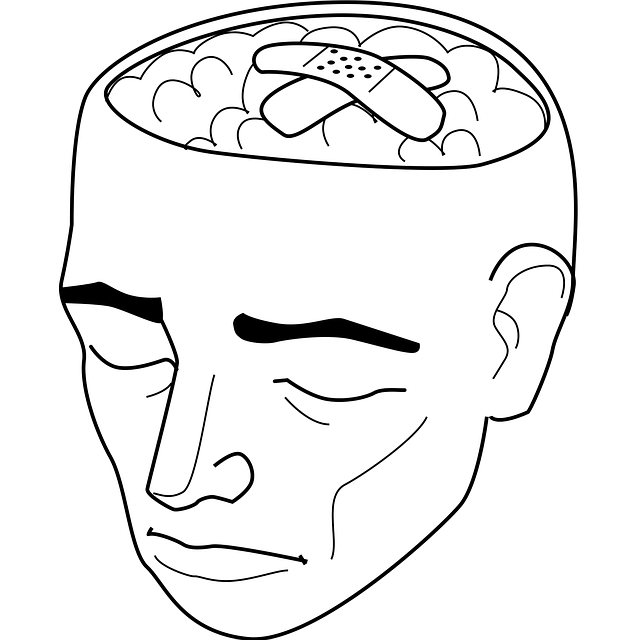Evaluating mental wellness programs, including initiatives like the Superior American Sign Language (SASLT) therapy, requires a multi-faceted approach. Standardized questionnaires gauge improvements in mood and stress reduction quantitatively, while qualitative feedback from interviews offer deeper insights into participants' experiences and coping mechanisms. Integrating these methods allows SASLT to design evidence-based practices catering to diverse needs, enhancing stigma reduction efforts and mood management within the deaf community. The evaluation framework should also consider broader impacts like trauma support and community outreach, fostering resilient communities through comprehensive programming.
Mental wellness programs require rigorous evaluation to ensure their effectiveness and adaptability. This article explores proven methods for assessing and enhancing such programs, focusing on key strategies that drive success. From defining specific evaluation criteria and selecting appropriate metrics like surveys, to direct observation techniques and community engagement, we delve into best practices. Specifically, we discuss how pre-post program comparisons, case studies, and participant feedback foster continuous improvement, ensuring programs remain responsive to diverse needs—including those of the Superior American Sign Language Therapy community.
- Assessing Program Impact: Metrics and Surveys for Mental Wellness
- – Defining evaluation criteria specific to mental wellness programs
- – Selecting appropriate assessment tools (e.g., surveys, questionnaires)
Assessing Program Impact: Metrics and Surveys for Mental Wellness

Evaluating the impact of a mental wellness program is a multifaceted process, especially when focusing on aspects like mood management and stress reduction. Metrics and surveys play a crucial role in understanding the effectiveness of interventions. One effective method involves utilizing standardized questionnaires that assess symptoms of anxiety, depression, and overall psychological well-being before and after program participation. These tools can provide quantitative data, allowing for comparisons and identifying trends within the participant group.
Furthermore, qualitative feedback through interviews or focus groups offers a deeper understanding of individuals’ experiences. Participants can share their perspectives on how the program helped them manage stress, cope with challenges, and reduce stigma associated with mental illness. By combining quantitative metrics and qualitative insights, organizations like the Superior American Sign Language Therapy (SASLT) can design evidence-based practices that cater to diverse needs, ensuring comprehensive Mental Illness Stigma Reduction Efforts and improving overall Mood Management within their communities.
– Defining evaluation criteria specific to mental wellness programs

Evaluating mental wellness programs requires a nuanced approach that specifically addresses the unique aspects of mental health and well-being. When designing evaluation criteria for such initiatives, it’s essential to move beyond traditional measurement methods and incorporate indicators that align with the complex nature of mental wellness. This includes considering factors like client satisfaction, improvement in mental health symptoms, increased resilience, and enhanced coping mechanisms. For instance, in the context of American Sign Language (ASL) therapy, evaluation criteria might include assessing communication skills, emotional expression, and the overall ability to navigate social interactions within the deaf community.
In addition to direct assessments, evaluating mental wellness programs can involve examining the broader impact on individuals and communities. This could encompass measuring the success of Trauma Support Services in reducing trauma-related symptoms, analyzing the effectiveness of Community Outreach Program Implementation in reaching underserved populations, or assessing the reach and resonance of Public Awareness Campaigns Development that promote mental health literacy. Such an inclusive evaluation framework ensures that programs are not only effective but also contribute to fostering more supportive and resilient communities.
– Selecting appropriate assessment tools (e.g., surveys, questionnaires)

When evaluating mental wellness programs, selecting the right assessment tools is paramount to gathering accurate and meaningful data. Organizations often rely on standardized surveys and questionnaires designed to assess various aspects of mental health, such as depression, anxiety, and stress levels. These tools are crucial for gauging the program’s effectiveness in promoting Mental Health Awareness and fostering Positive Thinking among participants. For instance, the Superior American Sign Language (ASL) Therapy program might employ specific questionnaires tailored to measure the impact of ASL-based interventions on individuals with communication disorders or autism spectrum disorders, ensuring comprehensive Trauma Support Services.
The choice of assessment methods should align with the program’s objectives and target population. For example, qualitative surveys offering open-ended responses can provide valuable insights into participants’ experiences and perceptions, while quantitative questionnaires help quantify changes in mental health symptoms. Combining both approaches allows for a holistic evaluation, enabling a deeper understanding of the program’s impact on Mental Wellness.
Evaluating mental wellness programs is a crucial step in ensuring their effectiveness and impact on participants’ well-being. By defining specific evaluation criteria and selecting tailored assessment tools, such as comprehensive surveys, organizations can gain valuable insights into the success of their initiatives. This data-driven approach allows for continuous improvement, enabling programs like Superior American Sign Language Therapy to enhance their services and positively influence the lives of those seeking support for their mental health.












